Too many snails in your tank? You’re not alone.
Snail overpopulation is a common headache among aquarium owners. These little critters multiply fast and soon, they’re everywhere – on the glass, in the filter, and among plants.
The solution could be as simple as adding some snail eating fish to your watery haven. It’s nature’s way of keeping things balanced.
Understanding Snail Infestations
Snails breed like there’s no tomorrow, especially in comfy, food-rich environments like a well-kept aquarium.
They munch on plants, hog the fish food, and before you know it, your tank’s become a snail domain.
And guess what? They don’t just stop at plants; they’ll feast on algae too, competing with algae-eating fish.
It’s a slippery & slimy slope…
Table of Contents
Aquarium Fish That Love To Eat Snails
A little fishy intervention can go a long way in solving your snail issue. Here’s the scoop on some of most snail-hungry fish:
Let’s start of with the Loaches! These are the natural predators of small snails with perfectly shaped mouths for sucking small snails right out of their shells.
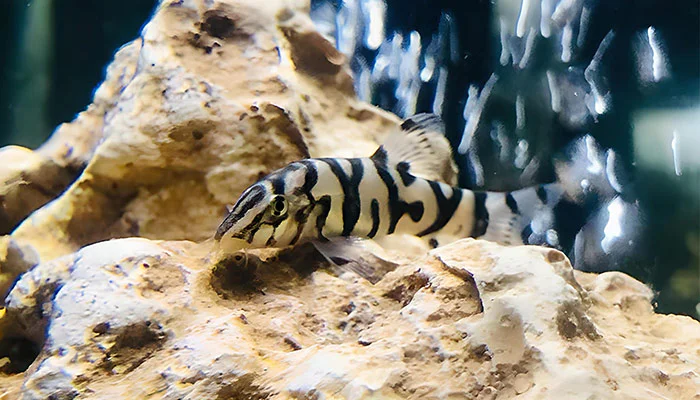
Loaches – The No.1 Natural Snail Police Choice
Yo-Yo Loach:
Yo-Yo Loaches are named for the ‘Y-O’ pattern on their bodies, and they’re diligent snail eaters. Their slender, elongated bodies enable them to access tight spots, rooting out snails effectively.
- Size: Smaller than Clown Loaches, maxing out at about 15 centimetres.
- Temperament: Active and social, they thrive in groups.
- Difficulty: Moderate, need good water quality and hiding spots.
- Water Temps: 22-28°C.
Want to know more about Yoyo Loaches and their Snail-Eating potential? Check out my full guide and personal experience with them as a part of my cleanup crew.
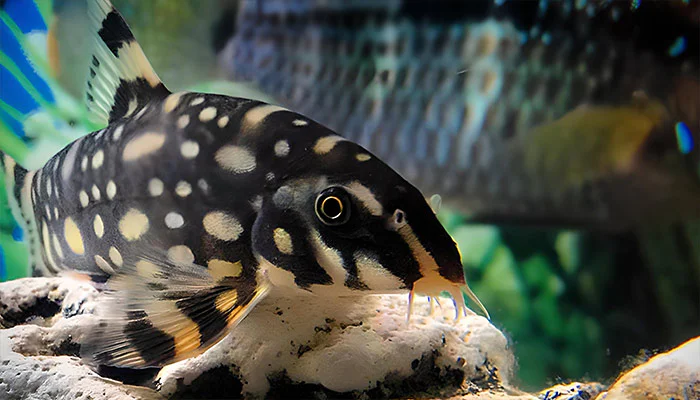
Polka Dot Loach:
With their distinctive spots, Polka Dot Loaches are both visually appealing and snail predators. Their gentle nature doesn’t extend to snails, which they hunt with a soft but determined vigour.
- Size: Moderate, generally reaching about 10 to 13 centimetres.
- Temperament: Peaceful, they add a dash of elegance with their unique polka-dotted bodies.
- Difficulty: Moderate, prefer well-planted tanks with plenty of hiding places.
- Water Temps: 22-28°C.
Learn more: Polka Dot Loach 101 – Diet, Feeding, Size, Lifespan, Behaviour, Tank Setup, FAQs
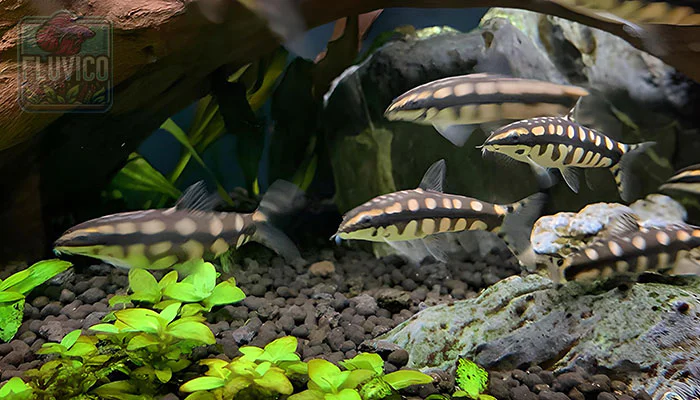
Dwarf Chain Loach:
Dwarf Chain Loaches are small, active, and have an appetite for tiny snails and eggs. Their petite frame allows them to navigate through crevices, making no hiding place safe for snails.
- Size: Petite, growing only up to 6 centimetres, making them suitable for smaller tanks.
- Temperament: Social, lively, and enjoy the company of other loaches.
- Difficulty: Moderate, appreciates well-filtered water and hiding places.
- Water Temps: 22-26°C.
Learn more: Dwarf Chain Loach 101 – Diet, Feeding, Size, Lifespan, Behaviour, Tank Setup, FAQs
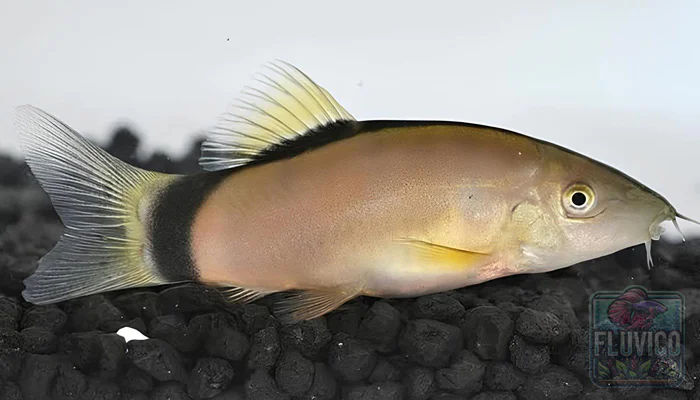
Skunk Loach:
Skunk Loaches are shy but their appetite for snails is bold. They dive into snail-hunting with a gusto, making them an effective natural solution to snail infestations.
- Size: Moderate, reaching about 7 to 10 centimetres.
- Temperament: A bit on the shy side but get bolder with a few buddies around.
- Difficulty: Moderate, prefers hiding spots and a varied diet.
- Water Temps: 24-28°C.
Learn more: Skunk Loach 101 – Care Guide
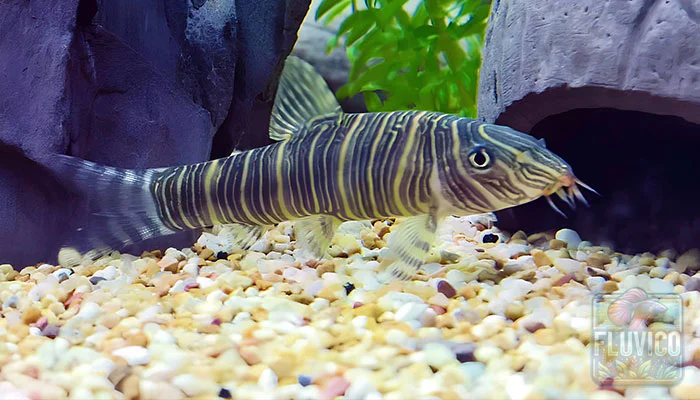
Zebra Loach:
The Zebra Loach is a peaceful fish with a penchant for snails. Their small size and effective snail-hunting ability make them a favourite for aquarists battling snail problems.
- Size: Smaller, with a max length of 10 centimetres.
- Temperament: Peaceful, they do well in community tanks.
- Difficulty: Easy to Moderate, adapts well to a variety of tank conditions.
- Water Temps: 22-26°C.
Learn more: Zebra loach 101 – Care Guide
Clown Loach:
The Clown Loach is a favourite among aquarists for its vibrant colours and snail-hunting prowess. It has a curious nature which drives it to scour the substrate, hunting snails with a determined zest.
- Size: Can grow quite large, often reaching 30 centimetres.
- Temperament: Social, playful, and get along well with other non-aggressive fish.
- Difficulty: Moderate, requires a well-maintained tank and a balanced diet.
- Water Temps: 25-30°C.
Fun fact: Clown Loaches have a neat trick of using their slender bodies to access hard-to-reach snail hideouts.
More Great Snail Eaters
Dwarf Yellow Puffer Fish:
Also known as: Pea Puffer, Dwarf Puffer and Pygmy Puffer.
Known for their inquisitive nature, Dwarf Puffers excel in snail control, making them a practical choice for pest management. There strong jaws and large teeth make light work of snail shells.
- Size: Up to 3.5 centimetres.
- Temperament: Semi-aggressive, best kept with compatible species.
- Difficulty: Moderate, require pristine water conditions.
- Water Temps: 24-28°C.
Dwarf Gourami:
Dwarf Gouramis are peaceful and colourful additions to community tanks. While they are not known for snail-eating, their grace and vibrant hues make them a favourite among aquarists.
- Size: Up to 9 centimetres.
- Temperament: Peaceful, thrive in calm waters.
- Difficulty: Easy to Moderate, require clean water with low flow.
- Water Temps: 24-28°C.
More Info: Dwarf Gourami Care Guide
Bala Shark:
Bala Sharks exhibit a keen interest in attacking snails, contributing significantly to controlling infestations. Their snail-hunting forays are as energetic as they are effective.
- Size: Up to 35 centimetres.
- Temperament: Peaceful, but active swimmers.
- Difficulty: Moderate, require ample swimming space.
- Water Temps: 22-28°C.
More Info: Bala Shark Care Guide
Betta Fish:
Although not avid snail predators, Betta fish will partake in snail snacking. Their occasional snail hunts, while not their preferred activity, add a layer of natural snail control to your tank setup.
- Size: Up to 7 centimetres.
- Temperament: Aggressive towards other Bettas and similar species.
- Difficulty: Easy to Moderate.
- Water Temps: 24-28°C.
Gold Fish:
Gold Fish show a keen interest in small snail hunting, extending their palate to snail eggs as well. Their gentle snail control adds to the peaceful ambiance of the tank.
- Size: Varies greatly, from 15 to 35 centimetres depending on the species.
- Temperament: Peaceful, sociable with other non-aggressive species.
- Difficulty: Easy.
- Water Temps: 10-25°C.
Golden Top Minnow:
The Golden Top Minnow has a reputation for clearing out unwanted tank debris, pest snails included. They effortlessly blend the task of cleaning while gracing the tank with their presence.
- Size: Up to 10 centimetres.
- Temperament: Peaceful, ideal for community tanks.
- Difficulty: Easy, adaptable to a range of water conditions.
- Water Temps: 18-22°C.
Cichlids
Cichlids are adept at keeping pest snail populations low. Their predatory nature drives them to hunt down snails with a keen eye. This not only aids in managing snail infestations but also adds a dash of natural behaviour in your tank.
On the flip side, cichlids are often very territorial making them difficult for community tank.
- Size: Various (Often Large)
- Temperament: Aggressive, better suited for a species-only tank.
- Difficulty: Advanced (Needs stable temps)
- Water Temps: 24-26°C.
Dwarf Crayfish: (Technically not a fish, but a great snail eater)
Dwarf Crayfish multitask as both efficient tank cleaners and snail predators. Their dual role is a boon for any aquarist looking to maintain a clean, snail-free environment.
- Size: Up to 4 centimetres.
- Temperament: Peaceful, can be kept with a variety of tank mates.
- Difficulty: Easy.
- Water Temps: 20-25°C.
Choosing The Right Snail-Eating Fish
Selecting the right snail-eater for your tank isn’t a one-size-fits-all deal. You’ve got to consider a few things:
- Tank Size: Some of these fish need room to roam. For instance, Clown Loaches can grow quite large and need ample space.
- Fish Temperament: Not all snail-eaters play nice. Dwarf Puffers, though tiny, can be nippy with other fish.
- Compatibility: Ensure your snail-eating fish get along with your existing tank mates. Some snail-eaters, like certain cichlids, have a territorial nature.
- Dietary Needs: Besides snails, know what else they need to munch on to stay healthy. A varied diet keeps them happy and thriving.
Introducing Snail-Eating Fish to Your Aquarium
Adding new fish to your tank? Here’s how to do it right:
- Acclimatization: Give them time to get used to their new home. Start with a separate quarantine tank to observe them for any signs of disease before introducing them to your main tank.
- Monitoring: Watch how they interact with other fish. It’s the best way to ensure everyone’s getting along.
- Feeding: Initially, supplement their diet to ensure they are getting enough nutrients as they transition into their role of snail controllers.
Alternative Snail Control Strategies
If the snail-eating fish route doesn’t float your boat, there are other ways to tackle the snail dilemma:
- Manual Removal: It’s old school, but picking them out by hand works. It’s laborious but effective.
- Chemical Control (*Not recommended): There are snail-killing chemicals, but use them as a last resort. They can alter the water chemistry.
- Other Predators: Besides fish, other snail predators like Assassin Snails can help. They eat snails but won’t breed out of control.
The Natural Method of Snail Population Control
Snail-eating fish can be the natural remedy to your snail woes. They keep the snail population in check, ensuring your tank stays beautiful and balanced.
Making an informed choice on which snail-eating fish to bring home and understanding alternative control measures puts you in the driver’s seat in managing your aquarium ecosystem.
Your fishy friends will thank you!

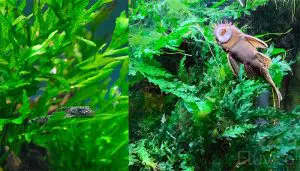

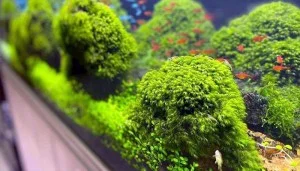
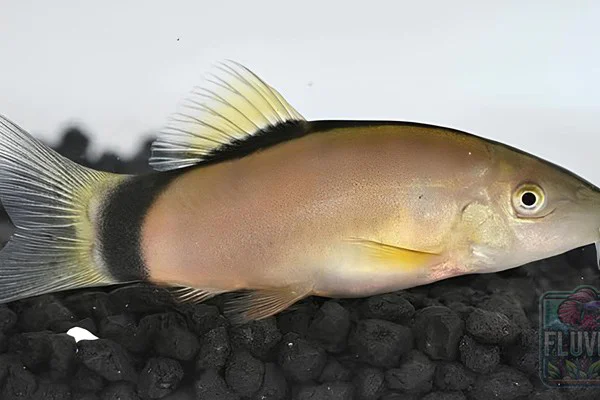
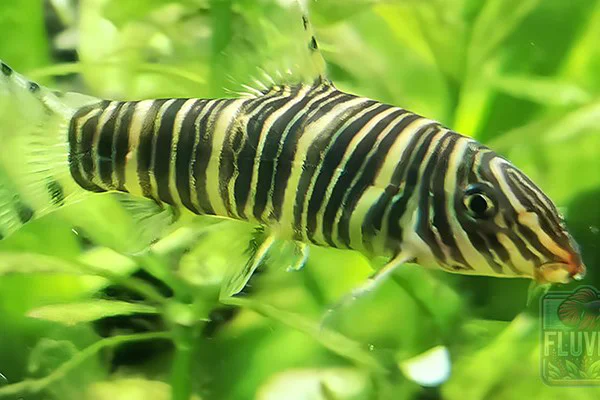
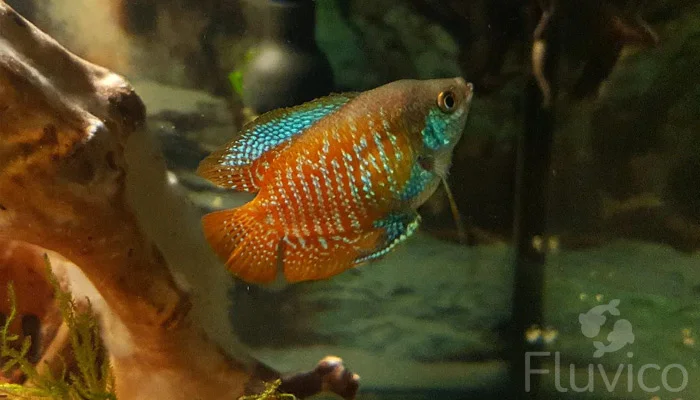
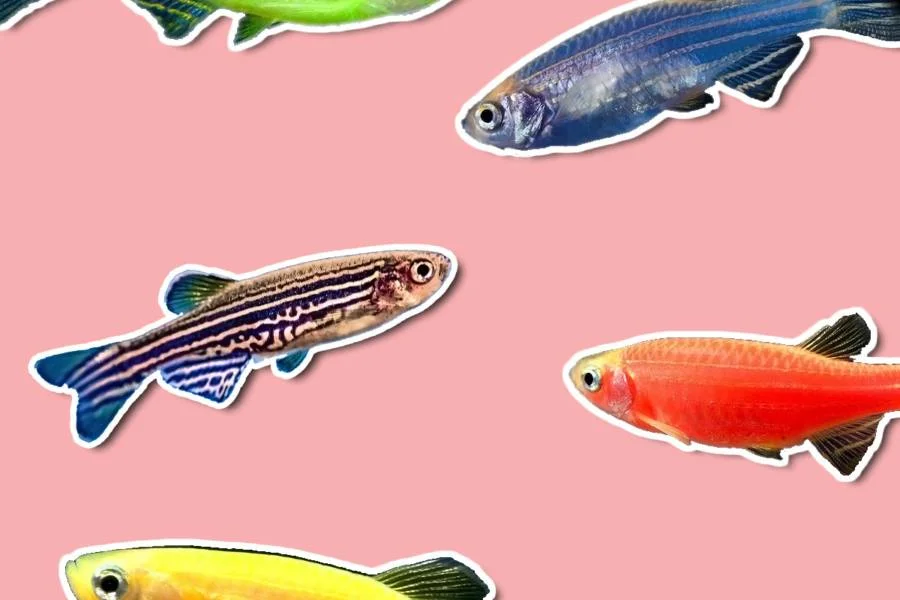
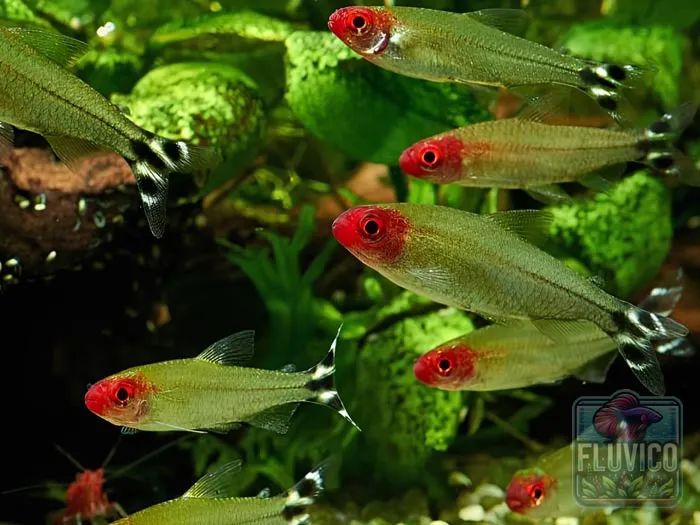
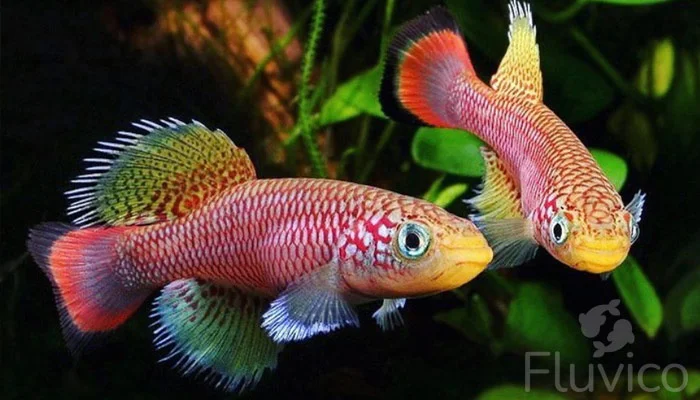
Leave a Comment